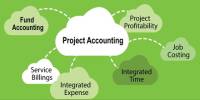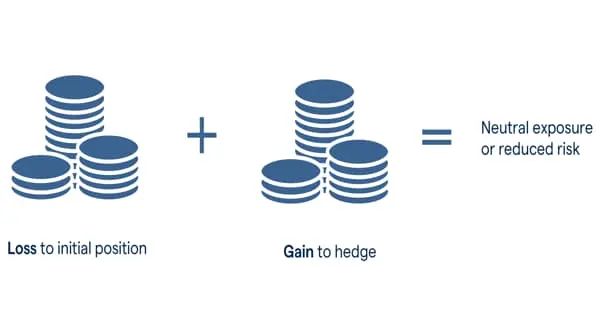The price charged by a carrier for transporting cargo from one location to another is referred to as freight expense. The concept of a freight expense or freight spend account in accounting can be generalized as a payment for sending a product to a customer. The person who wants the goods transported from one location to another bears the cost. It falls under the umbrella category of expenses and is treated in the accounting equation similarly to other expense accounts; however, under generally accepted accounting principles, if the freight is The freight expense has a standard debit balance. The freight expense charged is determined by the mode of transportation used to deliver the cargo.
Freight costs are also known as freight charges or freight rates. It is the amount paid to a carrier company for the transportation of goods from the point of origin to an agreed-upon location. Increases are recorded as debits, while decreases are recorded as credits. In relation to other accounts, the Freight Expense account is similar to the “Cost of Sales-Freight” account, but they are two completely different entities. While payments towards outgoing goods increase the Freight Expense account, payments towards incoming goods increase the Cost of Sales-Freight account.
Freight charges are a common expense for large businesses, particularly those engaged in international trade. Learning more about freight charges can assist you in determining the best methods for recording and managing them in your accounting. In this article, we will go over the concept of freight charges, including freight out charges, how to record these charges, the difference between freight out and freight in, an example, and a few other terms.
Assume you own a company that imports and exports a particular type of product. When you deliver goods to customers and pay for delivery costs, you debit the Freight Expense account, while the Cost of Sales-Freight account remains unchanged. However, when you purchase goods from a supplier and you pay for the delivery costs, you increase the Cost of Sales-Freight account and the Freight Expense account is unaffected.
Freight charges are the costs associated with shipping freight. Freight shipping is the process by which businesses bring goods into and out of their possession. Companies can ship raw materials and finished goods from one location to another, sometimes over short distances and sometimes over long distances. Companies pay freight companies to transport these goods, and the charges are labeled as freight or transportation charges. Freight out and freight in are the two types of freight charges.
Freight charges are the fees charged by a carrier for transporting goods to their final destination. The person who wants the goods transported from one location to another is responsible for paying the freight charges. The mode of transportation used to deliver the goods determines the freight cost. Ships, airplanes, trains, and trucks are some common transportation types that can be used. Additionally, freight forwarder companies charge various freight costs based on the cargos weight. For oversized cargoes, higher rates are applicable.
















